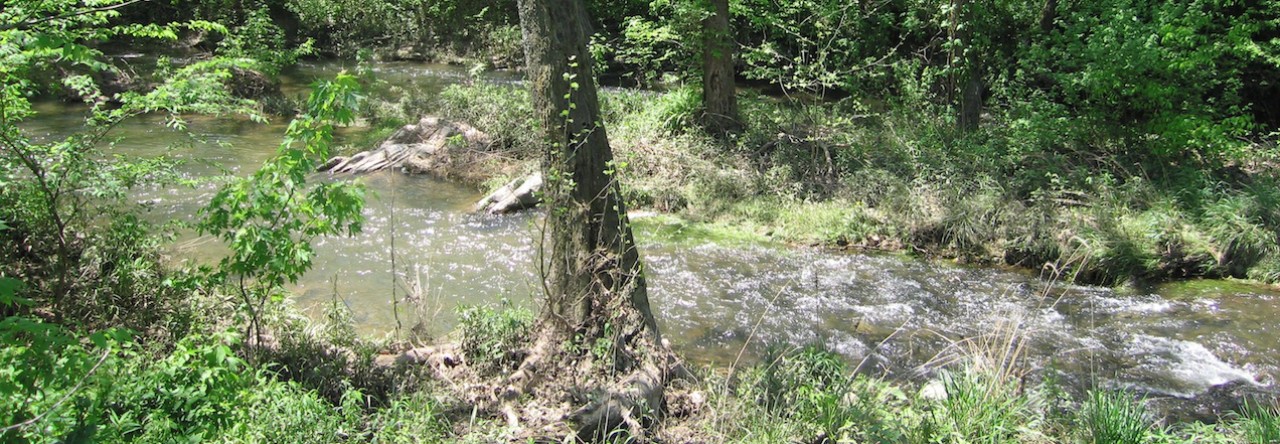A lot of my time exploring fantastical literature ends up being spent on trying to understand facts from widely-separate fields of knowledge that, in the context of a story, seem like disconnected. So it’s a pleasure to report a case in which everyone just plain agrees.
As we noted earlier, Tolkien re-used a medieval cure for elf-shot to describe how Aragorn and Elrond cured Frodo of the Witch-King’s knife-wound. The cure involves boiled herbs (feverfew, deadnettle, and plantain), a knife held in the healer’s hands, and an incantation in an ancient language. Cutting and pasting from LotR I, xii:
He sat down on the ground, and taking the dagger-hilt laid it on his knees, and he sang over it a slow song in a strange tongue. … He crushed a leaf in his fingers, and it gave out a sweet and pungent fragrance. ‘It is fortunate that I could find it, for it is a healing plant that the Men of the West brought to Middle-earth. Athelas they named it’…. He threw the leaves into the boiling water and bathed Frodo’s shoulder.
There’s one problem, though: Athelas is the cure for Black Breath, not for elf-shot. Frodo probably suffers from both, so athelas is worth trying. But the text says Aragorn knows he’s not doing the cure with the right herb: It has great virtues, but over such a wound as this its healing powers may be small. (Ibid.) e43r87[1]
In their book Flora of Middle-Earth, Walter & Graham Judd looked around our world to find something that might be athelas, and they decided comfrey was the closest thing. As it happens, I’ve just planted comfrey in a little plot on my farm. It has some useful properties for building up soil fertility that this plot badly needs. But comfrey is kind of a cult-object, too . When you talk to an expert about comfrey, you get lots of other information along with advice relevant to your primary application. In particular, I got a cautionary story about its healing properties.
Comfrey is useful for topical treatment of wounds. It closes up cuts fast, even though that’s not always the best thing. I heard the story of a dog who lacerated himself on a barbed-wire fence. He was treated with comfrey salve, and the wound closed up nicely, but such a closure was premature. There was something still deep inside, and the wound got infected. A vet had to slice the scar back open to remove whatever the little splinter was. This sounds familiar: ‘His wound was small, and it is already closed. There’s nothing to be seen but a cold white mark on his shoulder.’ (Ibid., a few pages later) Aragorn the field medic had to stop the bleeding, ward off the Black Breath, and keep Frodo mobile, so he used the strongest herb he could find. When the patient gets to the hospital, the doctors there can undo the quick fix. Elrond will be called upon to do a similar re-opening, and make use of his more-complete herbarium in Rivendell.
So, for once, we have 10th-century herbal lore, 20th-century fiction, 21st-century botany, and current lived experience all neatly lined up, with no contradictions to be reconciled. An account to the Tolkien blogosphere of so strange an event was required, I think.
[1] While I was writing, Fléau the Cat walked across my keyboard and I didn’t notice her scribal interpellation until the post went live. So I left it in. This is her first contribution to Tolkien scholarship.
Works Cited
Judd, Walter S., and Graham A. Judd. Flora of Middle-Earth: Plants of JRR Tolkien’s Legendarium. Oxford University Press, 2017.
Tolkien, J.R.R. The Lord of the Rings. Houghton-Mifflin, 2002.









